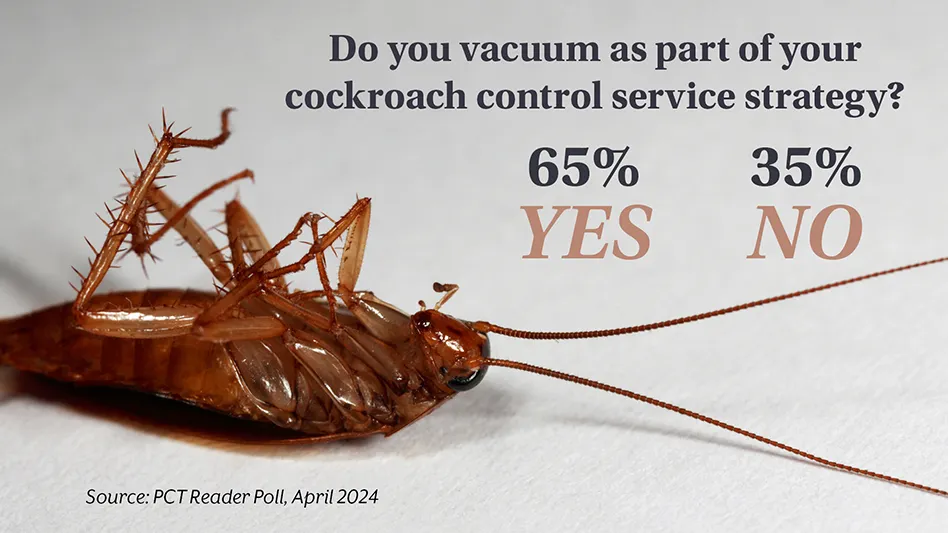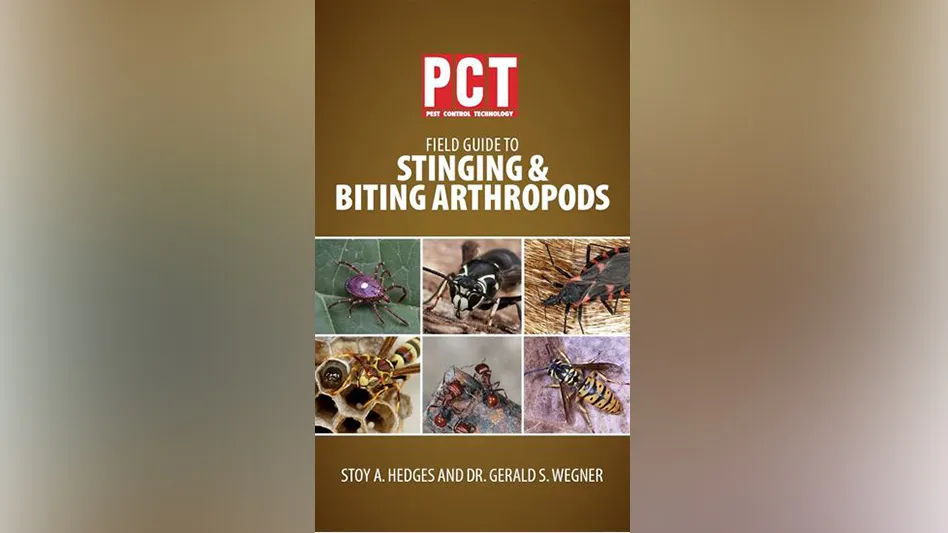
“While I sincerely appreciate the recognition that we’ve received, the real reward is knowing that we are making a difference in our communities and our industry,” Massey told PCT. “That being said, being selected for the Horatio Alger Award is the most prestigious and the highest recognition in my life and it is truly an honor to be in the company of such esteemed and accomplished individuals.”
The award is fitting for the native of Melville, La., (population 1,900) who came from a humble upbringing to build Massey Services into a hugely successful pest management business. Horatio Alger Jr. was a prolific 19th century American author, known for his many young-adult fiction novels about impoverished boys and their rise from humble backgrounds to lives of middle-class security and comfort through hard work, determination, courage and honesty.
Massey first learned these skills and values while working for his family’s general store as a young man. “Horatio Alger symbolizes a ‘can-do spirit’ and illustrates how an individual’s initiative can allow anyone to achieve their dreams, regardless of the circumstances,” Massey said. “These characteristics were instilled in me at an early age by my mother, father and grandfather and we’ve tried to instill the same qualities in our children. Work hard. Never give up. And never stop learning.”
Massey has always lived by the motto “to whom much is given much is expected” and he has become one of Central Florida’s leading philanthropists. He and Carol, his wife of 52 years, are ardent supporters of the arts and education. Moreover, volunteerism is one of the key touch points in the company’s guiding philosophy; Massey and team members are deeply involved with activities and organizations in the communities it serves. Some of the organizations in which Harvey Massey has served include chair of the Orange County Arts and Cultural Affairs Task Force; vice chairman of the Expressway Authority; chairman of United Arts; and chairman of the Rollins College Center for Advanced Entrepreneurship Program. Additionally, he currently serves on the Board of Directors of the Edyth Bush Charitable Foundation.

“While I honestly don’t spend a great deal of time looking back, I am thankful to have had the opportunity to work with great mentors such as O. Wayne Rollins at Orkin and Carlos Cantu at Terminix, both of whom have also received the Horatio Alger Award,” he said.
One of the most important functions of the Horatio Alger Association is its scholarship program, and 106 national scholars were recognized alongside the 13 new Alger Award winners in April. Since the establishment of its scholarship program in 1984, the Horatio Alger Association has afforded more than 22,000 students the opportunity to pursue a college education. These exceptional young scholars — acknowledged for their unwavering commitment to continuing their education and serving their communities despite facing incredible hardships — were recognized at the awards ceremony and interacted with Horatio Alger Members, many of whom will serve as mentors as the scholars enter college.


Explore the May 2016 Issue
Check out more from this issue and find you next story to read.
Latest from Pest Control Technology
- Gaining Control of Structure-Infesting Carpenter Ants
- Big Blue Bug’s Brian Goldman Receives Rhode Island Small Business Person of the Year Award
- UF Researchers Examine How Much Bait it Takes to Eliminate a Subterranean Termite Colony
- Women in Pest Control Group Continues to Grow, Provide Opportunities in the Industry
- NPMA Announces Results of 2024-2025 Board of Directors Election
- Massey Services Acquires Orange Environmental Services
- Hawx Pest Control Wins Bronze Stevie Award for Sustainability
- Abell Pest Control Highlights Growing Tick Activity Across Canada





